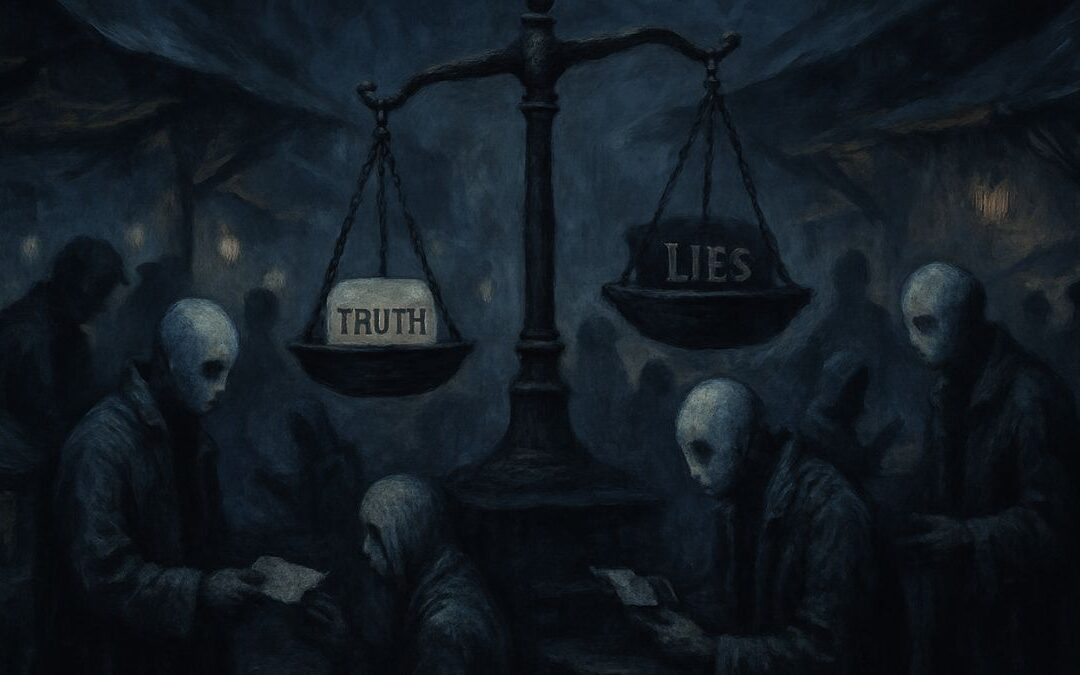The History of Photography: How It Has Evolved Over Time
The art of photography has evolved dramatically since its inception in the early 19th century. From rudimentary techniques to the digital revolution, photography has undergone numerous transformations, each leaving an indelible mark on the way we capture and share images. This article explores the fascinating history of photography, chronicling its journey through time and innovation.
- The First Photograph: The origins of photography can be traced back to the early 19th century when French inventor Joseph Nicéphore Niépce created the first permanent photograph, known as the heliograph, in 1826. This groundbreaking image, which depicted the view from his window, was captured using a process that involved exposing a pewter plate coated with bitumen to light.
- The Daguerreotype: In 1839, French artist and chemist Louis Daguerre introduced the daguerreotype, a photographic process that produced highly detailed images on a silver-coated copper plate. The daguerreotype quickly gained popularity, particularly for portraiture, and marked a significant milestone in the history of photography.
- The Calotype: Also in 1839, British inventor William Henry Fox Talbot developed the calotype, a photographic process that used paper coated with silver iodide to produce negative images. Unlike the daguerreotype, calotype negatives could be used to create multiple positive prints, paving the way for the future of photography.
- The Wet Collodion Process: In 1851, Frederick Scott Archer introduced the wet collodion process, which involved coating a glass plate with collodion and sensitizing it with silver salts. This process, although labor-intensive, allowed for shorter exposure times and greater detail, making it widely popular throughout the mid-19th century.
- The Dry Plate Process: In 1871, English physician Richard Leach Maddox invented the dry plate process, which replaced the wet collodion process with a gelatin emulsion on glass plates. This development made photography more accessible and portable, setting the stage for the introduction of roll film.
- Roll Film and the Kodak Camera: In 1888, George Eastman revolutionized photography with the introduction of the Kodak camera, which used a roll of flexible film. This portable and easy-to-use camera made photography accessible to the masses and led to the rise of amateur photography.
- The 35mm Camera: In 1913, Oskar Barnack, an engineer at the German optics company Leitz, developed the first 35mm camera, the Leica. This compact and lightweight camera, which used perforated movie film, revolutionized photojournalism and laid the groundwork for the modern SLR camera.
- The Digital Revolution: The late 20th century saw the emergence of digital photography, with the invention of the first digital camera by Steven Sasson in 1975. Over the following decades, digital technology rapidly evolved, offering higher resolution, greater storage capacity, and advanced editing capabilities. Today, digital photography dominates the market, with smartphones and advanced cameras allowing anyone to capture high-quality images with ease.
The history of photography is a testament to the power of human innovation and creativity. As technology continues to advance, the possibilities for capturing and sharing our world through the lens of a camera are limitless, ensuring that photography remains an ever-evolving and enduring art form.
Crossword Puzzle in Context
All the words you need to fill in the following crossword puzzle are in the text above; that’s why it’s crossword puzzle in context!











0 Comments